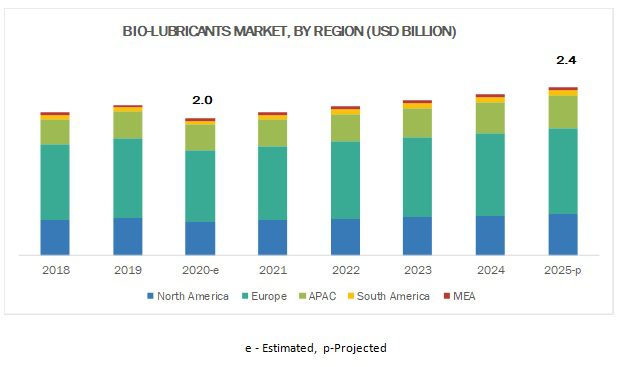With the increase in awareness regarding environmental hazards caused by industrial lubricants, the bio-lubricants market is expected to create greater strides in the forecast period. Persistence Market Research has looked through these facts and delved deep into the details through its latest market study entitled “Bio Lubricants Market”.
Bio Lubricants Market Dynamics
The bio-lubricants market, by type, spans metalworking fluids, hydraulic fluids, gear oils, greases, process oils, compressor oils, transmission fluids, and likewise. By raw material, it’s vegetable oils, synthetic esters, PAG and PAO, and likewise. By end-use, it’s automotive bio-lubricants (automotive engine oils, gear oils, hydraulic oils, transmission fluids, grease formulation, and likewise), marine bio-lubricants (hydraulic fluids, gear oils, multi-purpose oils, and grease formulation), aviation bio-lubricants (engine oils, compressor oils, and likewise), and mining bio-lubricants (pneumatic tools, hydraulic oils, gear oils, and others), industrial bio-lubricants, construction bio-lubricants, oil & gas bio-lubricants, and others. Persistence Market Research has entailed these facts with insights in its latest market study entitled “Bio Lubricants Market”.
Region-wise Snapshot
The Asia-Pacific holds the largest market share with China holding the baton in terms of maximum revenue share. The primary reason is the growing production of vehicles in China. Coming to North America, the US had expanded 4.3% Y-o-Y. Europe follows suit but due to transformation to bioeconomy in countries like Italy, Germany, France, Benelux, and Nordic countries. Europe is also subject to EcoLabel and US to vessel general permit (VGP). Persistence Market Research has walked through these facts with future facets in its latest market study entitled “Bio Lubricants Market”.
Competitive Zeal
Persistence Market Research has profiled the key players in the bio-lubricants market as ExxonMobil, Total S.A, Royal Dutch Shell, Cargill Inc., BP, Panolin AG, Renewable Lubricants Inc., KAJO Group, Polnox Corporation, Balmer Lawrie & Co. Ltd., Binol Biolubricants, and FUCHS Group.
Royal Dutch Shell in March 2020, did announce the expansion of the Indonesia-based lubricant production facility. The plant’s capacity post-expansion is 300-Million-Liter lubricant production. FUCHS Group, in December 2019, did acquire half of the shares of 3 distributor companies based out of Zambia, Zimbabwe, and Mozambique for enhancing its presence in the sub-Saharan region. ExxonMobil, in January 2018, did launch Mobil Aware HS (Hydraulic System) Series hydraulic oils that makes provision for protection in the various challenging marine operating environment and cater to VGP requirements regarding EAL. Marquis Oil, in the year 2020, entered into a partnership with Vickers Oils and has been successfully moving around with a supply of quality food-grade lubricants as well as greases to the food sector. RSC Bio Solutions, in December 2021, entered into a new-fangled distribution partnership for meeting the ever-increasing demand for EAL (Environmentally Acceptable Lubricant) in Japan for industrial and marine applications.
For in-depth competitive analysis, click here to Buy
What’s in store for the Future?
The global bio-lubricants market is all set to witness robust growth in the next 10 years – Persistence Market Research
To remain ‘ahead’ of your competitors, Request a sample Copy































